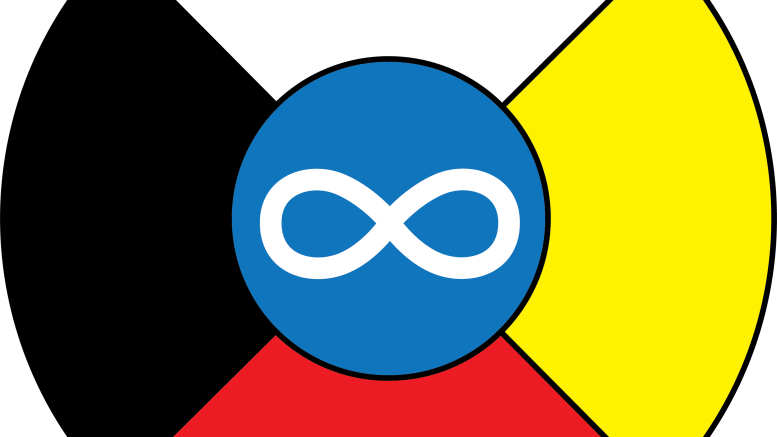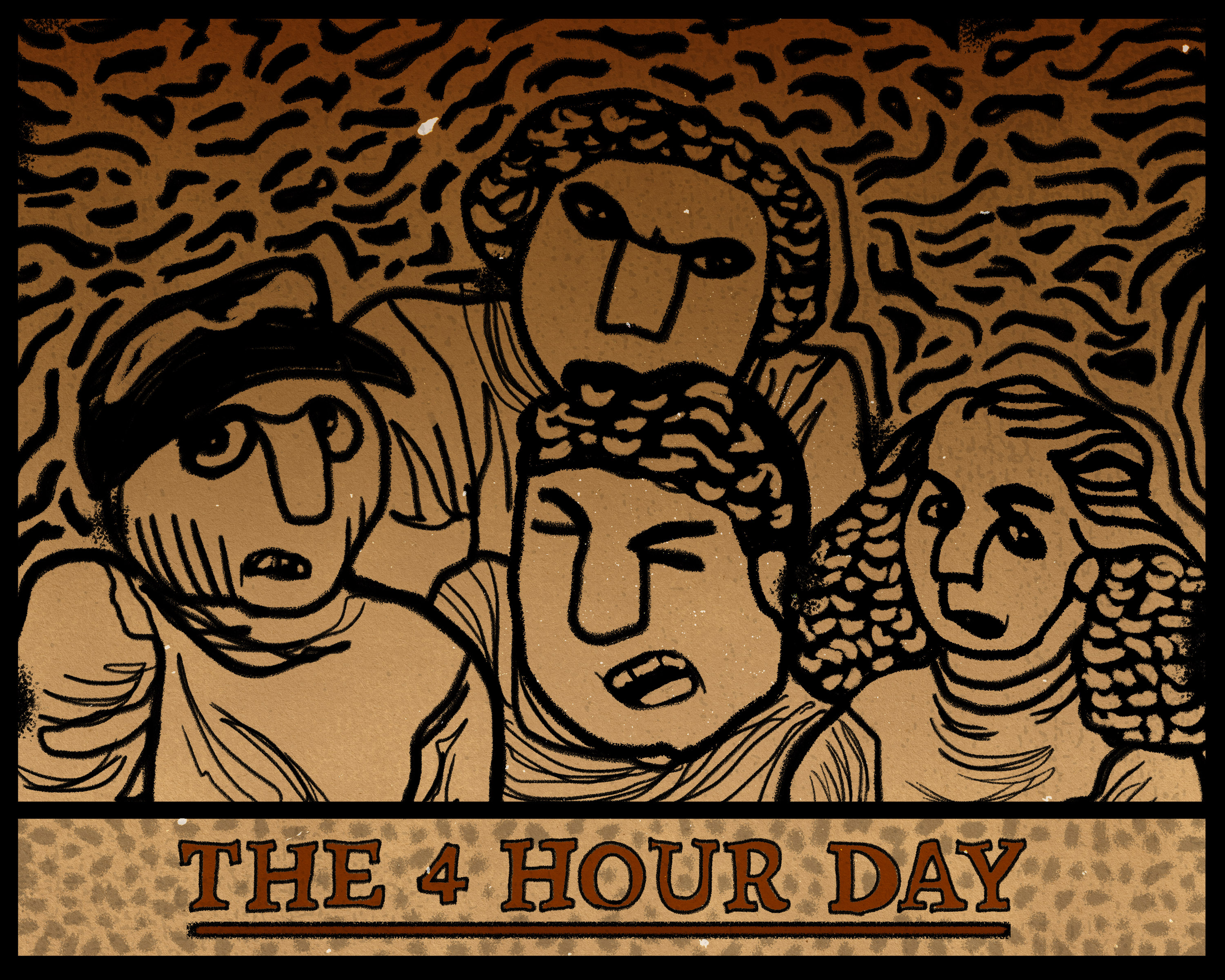I have been a citizen of the Manitoba Métis Federation (MMF) since I was 13 years old. Recently, however, I have made the choice to apply for Indian status, and since the Métis are a distinct Indigenous group, I can only legally be Métis or have status.
One reason for such a major life change concerning my Indigenous identity is, of course, insurance. Since graduating and aging out of my parents’ insurance coverage, I am woefully uninsured, and therefore susceptible to the perils of lacking dental and vision care.
In fact, the very event that influenced my choice to apply was cancelling a dental cleaning that would have cost me at least $300 without insurance.
But there is hope. Through the Non-Insured Health Benefits (NIHB) program, individuals that are registered under the Indian Act can have their dental care, vision care and prescriptions covered. Unfortunately, Métis people are not covered under the NIHB.
While this is a good insurance program for those who have pre-existing status, it also means that I am forced to give up citizenship to the Métis community that much of my immediate and extended family belong to if I want to keep my teeth.
This is one instance of my identity being put under scrutiny for the umpteenth time in my short life. When I was in high school, my peers would guess my identity, questioning if I were “not white.” Even more insulting were moments when I would tell someone I am Métis and they would correct me and inform me I am actually white or just insist I am First Nations.
In fact, a list of the ethnicities people have guessed or insisted I am include: Mexican, Jewish, “not white,” “something mixed,” “native” and Greek. While I would be honoured to be any of these ethnic categories, I am, in my heart, a Métis man with various traces of First Nations.
To be Indigenous is to have your social and legal identity under constant social or legal scrutiny. To even register for Indian status, you must submit an application to Indigenous Services Canada. After submitting an application, there is then a wait from anywhere between six months to two years before you hear back from Indigenous Services if you are accepted at all.
The reality of my identity does not lie in the opinions of my peers or even in the recognition of the Government of Canada. My identity is more accurately rooted in my ancestry and community. By ancestry I mean who my ancestors were, where they came from and the communities they belonged to. In terms of community, I refer to my immediate family, extended family and wider cultural group.
So, if I am accepted, I will have a distinct legal identity, however, my Indigenous identity is unaffected. This goes for any other Indigenous person whose personal or community identity is misaligned with their social or legal recognition.
In an ideal society there wouldn’t be any need for this type of discourse, as non-status people would be covered under NIHB. In an even more ideal society, we would simply have universal coverage. Unfortunately, the Canadian government has the final say on whether or not non-status people get coverage and who is and is not status.
When my shiny new status card comes in the mail, it won’t change the fact that I am Métis, not unlike the way my peers questioning if I was fully white or some other variant of mixed-ness did not change who I was.
Marginalized peoples such as Indigenous people should not be forced to rely on government arbitrators or white approval. Identity isn’t, and never has been, formed in the courts or in the hearts of those who have never lived what you have lived through. However, for better or worse, the Indian Act, and along with it, the definition and registration of Indian status, is here to stay.




